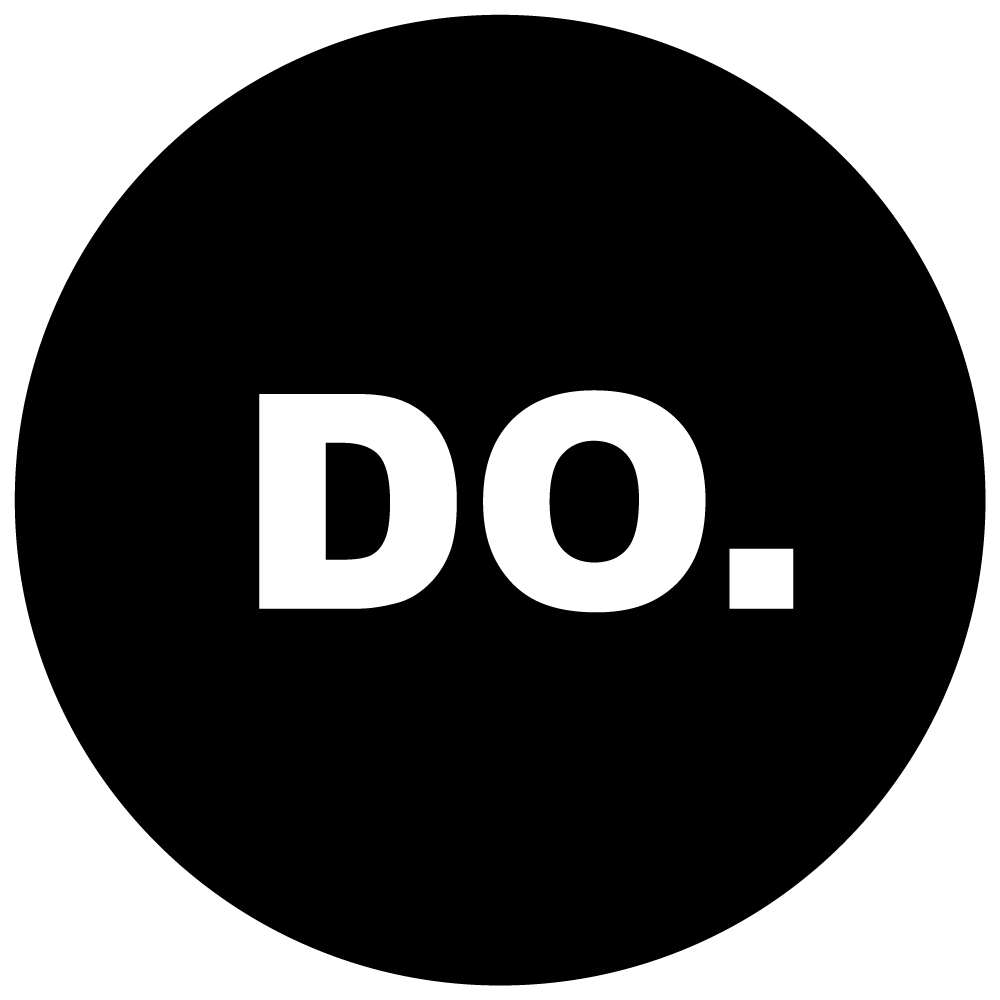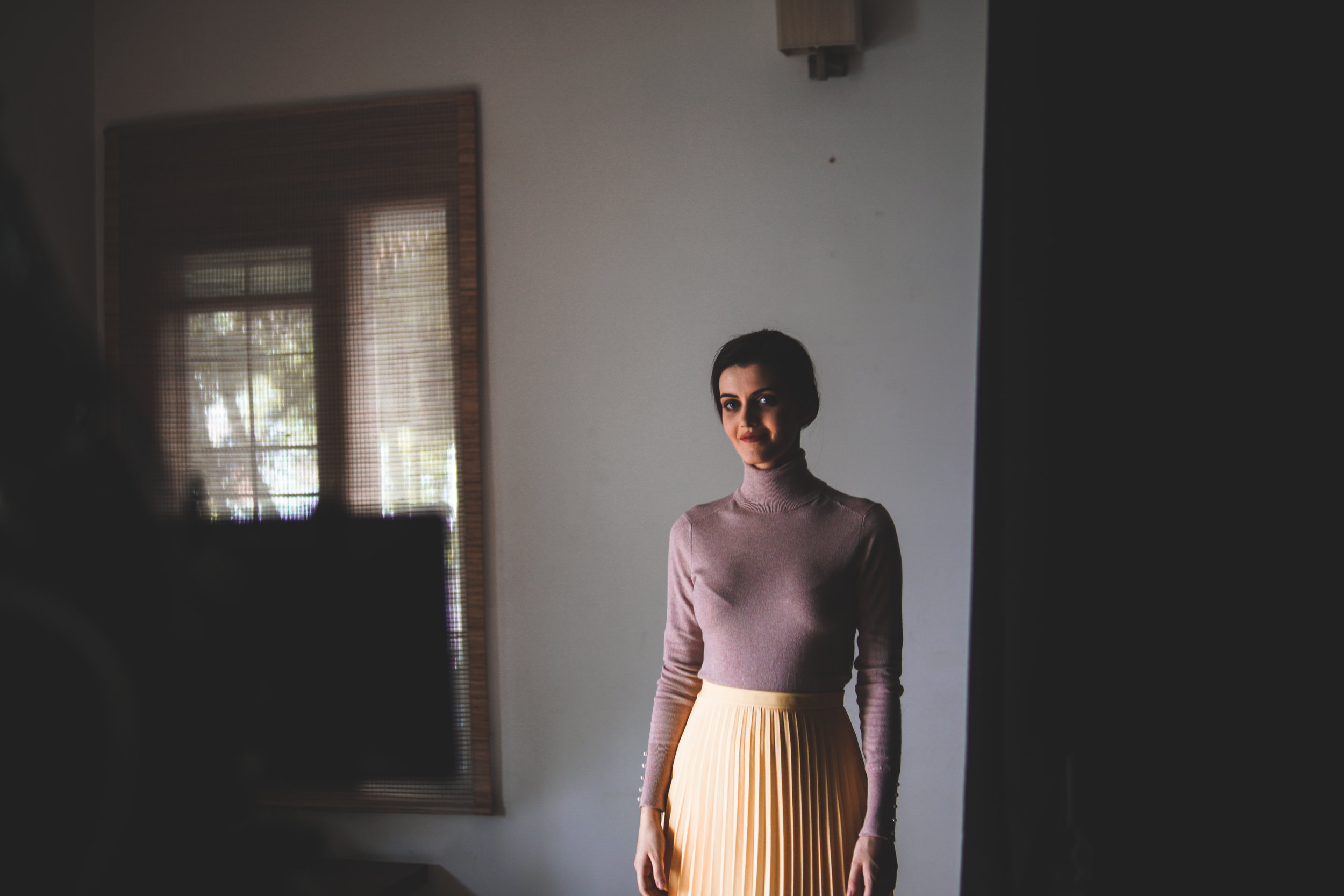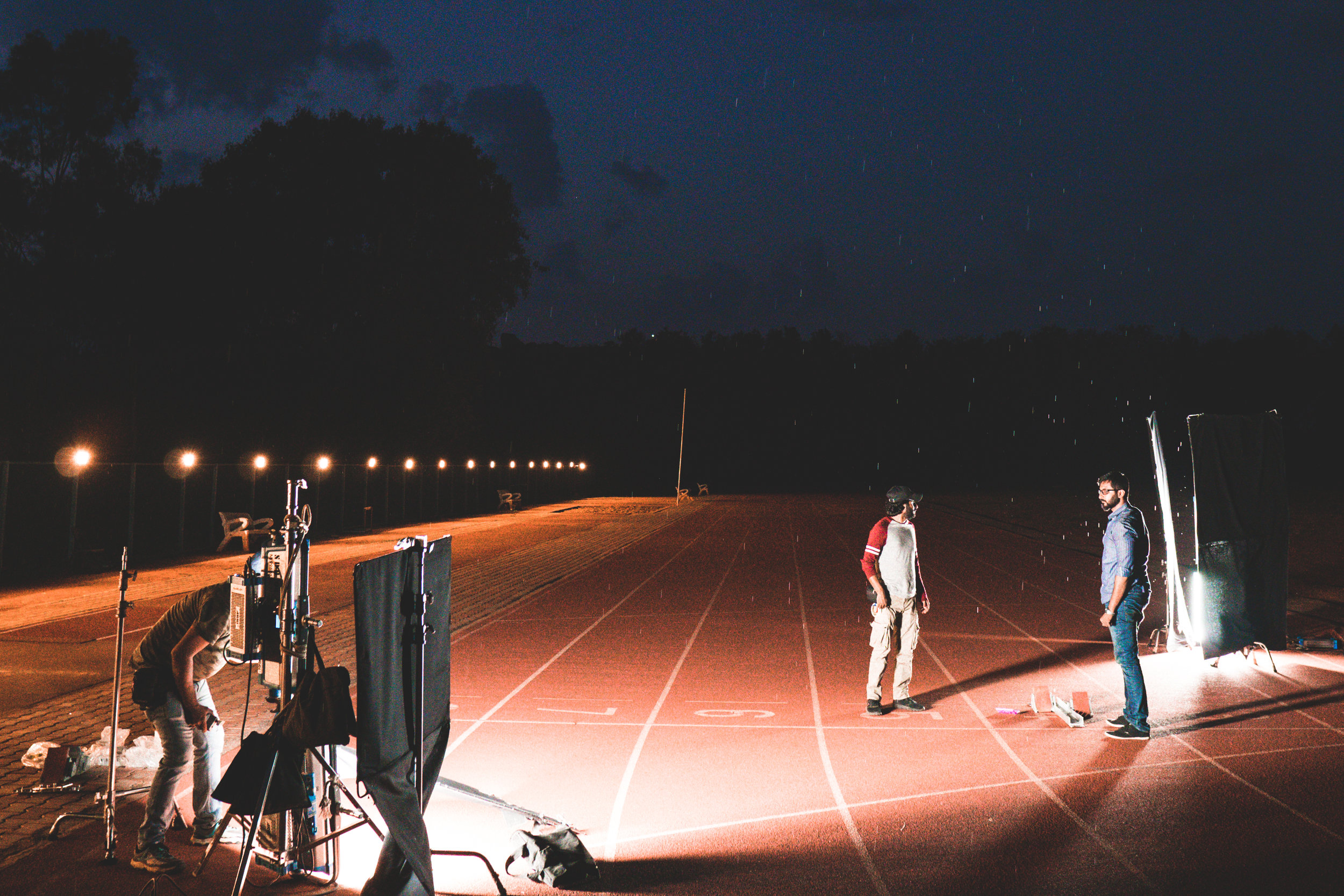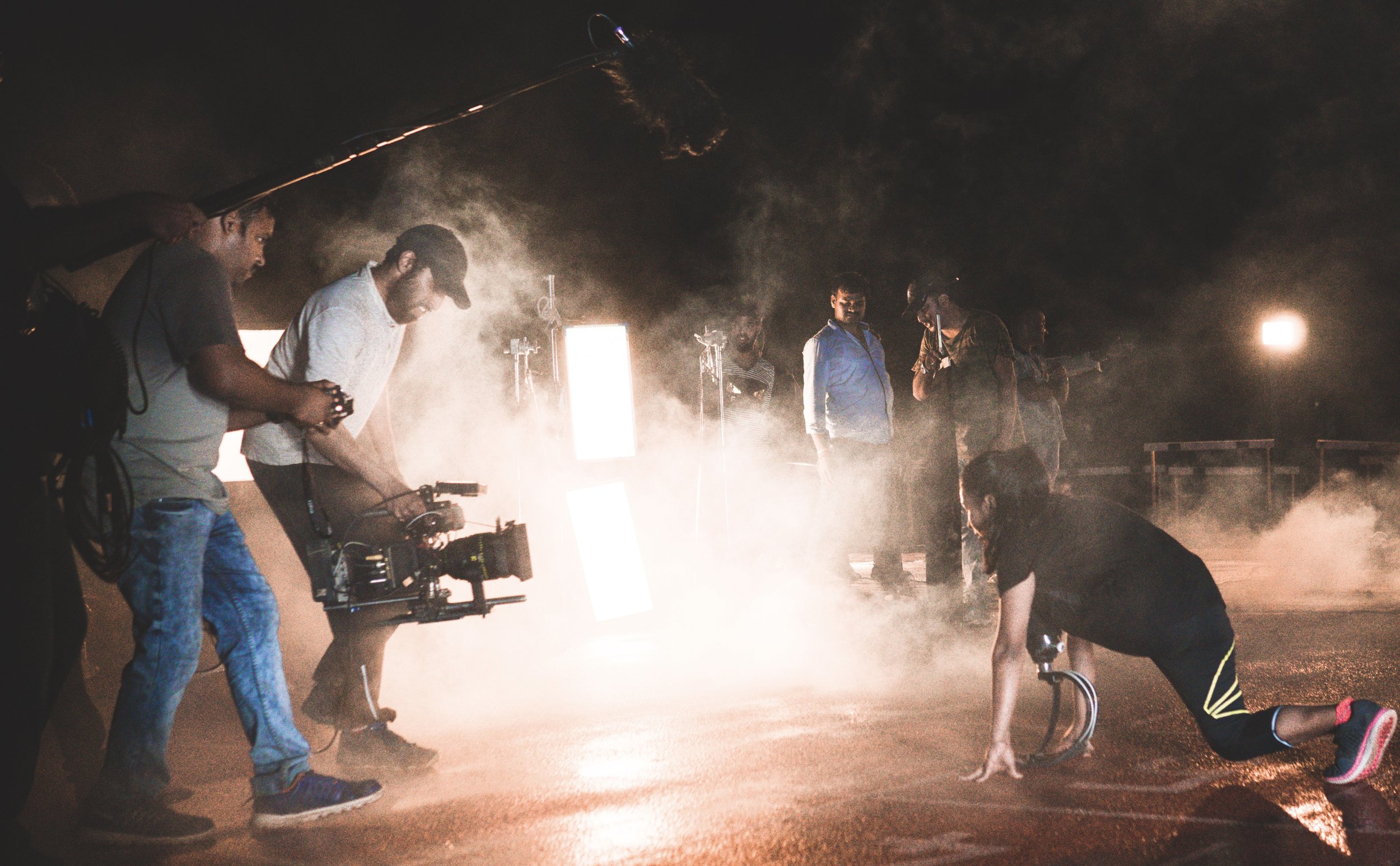All the things that went into making Dear Future, dear.
“Dear Future. I wish I could could get this film made”
- Sahit Anand, Copywriter, 2013”
Cut to 2018. After the flurry of production, the adrenaline-supported rush through the maze of film delivery and the settling of the feedback blizzard, there is that moment when you look at your finished, shiny, product and you wonder in equal parts pride and equal parts pure bewilderment “How the hell did this happen”? And we break it down, so that we understand that things good and bad, did not just happen. It was created.
“We roll at 3.00 a.m” Dreaded words. But more often than not, it ensures punctuality like no other later hour. The entire crew is charged with the electricity and promptness this phantom hour demands. There is something about working when the rest of the world sleeps that makes you more efficient and that’s how we flagged off our ambitious shoot timeline for Dear Future - 18 sequences, 10 locations, spread over 300 odd kms of travel time and three days. So here we are - sharing the secrets of how we go on about figuring out what we call a mental shoot
“18 sequences, 10 locations, spread over 300 odd kms of travel time and three days. ”
1. Hustle. We firmly believe that our producer Boris Kenneth made a deal with the devil. His ambitious shoot-schedule was precarious to say in the least. Even if we managed to finish our shots on time, we had Bangalore’s fearsome traffic to reckon with. So he made deals with drivers with knew Bangalore’s secret labyrinth shortcuts - long commute short, we hardly lost any extra time on the road.
2. Deck it out. We’d brainstormed with Sahit to zero-in on the exact look we wanted to achieve for each frame. We broke the sequences into palettes - in terms of art, styling and lighting - everything. Making palettes helped break down the frame we wanted to achieve and gave everybody an idea of the same. With precise instructions and a clear vision, it became simpler to bring out the story's tapestry which otherwise would probably be just a few seconds of another montage film. For instance, it wouldn’t make sense if just about any girl was asking the future about her looking great in pink - what girl wouldn’t know that? But a tomboy, dressed in black motorcycle club grunge - when she wonders how she might look in pink, perhaps the audience might wonder as well. Palettes also make for a great edit tool in post production.
3. Make it lean. The smaller the crew, the tighter it is. Tighter can mean close knit or it can mean claustrophobic. Sure, we were sick of each other’s faces by the end of the 72 hours, but being around each other so much gave us plenty time to share ideas and how best to make things work.
4. Cast sharp. When timelines are tight and we don’t have the luxury of rehearsals and en point auditions, we depend on physical aspects. Sometimes, physical attributes can really be capitalised to enhance the narrative. For instance There is something about the deaf woman’s eyes that draw you into her story of being a mother who is yet to hear her baby’s laugh. As she communicates in ASL, in the brief seconds the audience is drawn to her eyes in an otherwise plain and stark frame. Similarly, the racer’s jawline was capitalised by Pradeesh with framing and movement or the yoga boy’s inherent goofiness that makes him the right face to fill a frame with - as casting director, Likith is familiar with what Sahit looks for. He was familiar with the script and the way Sahit intended to craft each scene - and hence had a better idea of who would fit where.
“Sometimes, physical attributes can really be capitalised to enhance the narrative.”
“Sure your cast might have only learned sign language or figured out a handstand five minutes before the shot - but seeing them evolve and come alive on screen is one of the immediate rewards of filmmaking. ”
5. Be cool. Sure, just when you think you’ve made good your ambitious schedule by the skin of your teeth, the rain gods might choose to give you an unpleasant surprise. Our outdoor shoot might have been delayed by an hour. But the rain-wet running grounds gave the frame a grittier feel we could never have had the time to achieve otherwise. Sure your cast might have only learned sign language or figured out a handstand five minutes before the shot - but seeing them come alive on screen is one of the immediate rewards of filmmaking.
5. Pull out all the stops. Sounds pretty obvious wWhen you’re racing against time. As producers, Boris and Anand put together a fail-proof crew - DoP Pradeesh Varma, Stylist - Amritha Rajavelu and Wardha Ahmed, Production Designer and Art - Amrutha Ramanan, Makeup Artist Sover Pukhrambaran and Gaffer Kiran and Line Producer Anand Kumar. It was rather special to have India’s first blade runner Kiran Kanojia feature in our film - a very nice and extremely professional person. Special mention to Vittal from catering who kept feeding everybody - god knows what a hangry episode could have meant to disrupt things.
Every creative has a deep freezer. A repository of ideas that remained ideas. Ideas they still believe in. Ideas that they hope might become something more someday. About five years ago, Sahit as a young copywriter, thought of Dear Future as a concept for Wipro. It followed him at various instances in his career. Like some ephemeral willow-the-wisp - almost seeing the light of day and then disappearing without a trace. We’re all quite proud of Dear Future but to Sahit, it’s a future that was a long time coming. To make a pop-culture Malayalam film reference “Everything in its time, Daasa”












